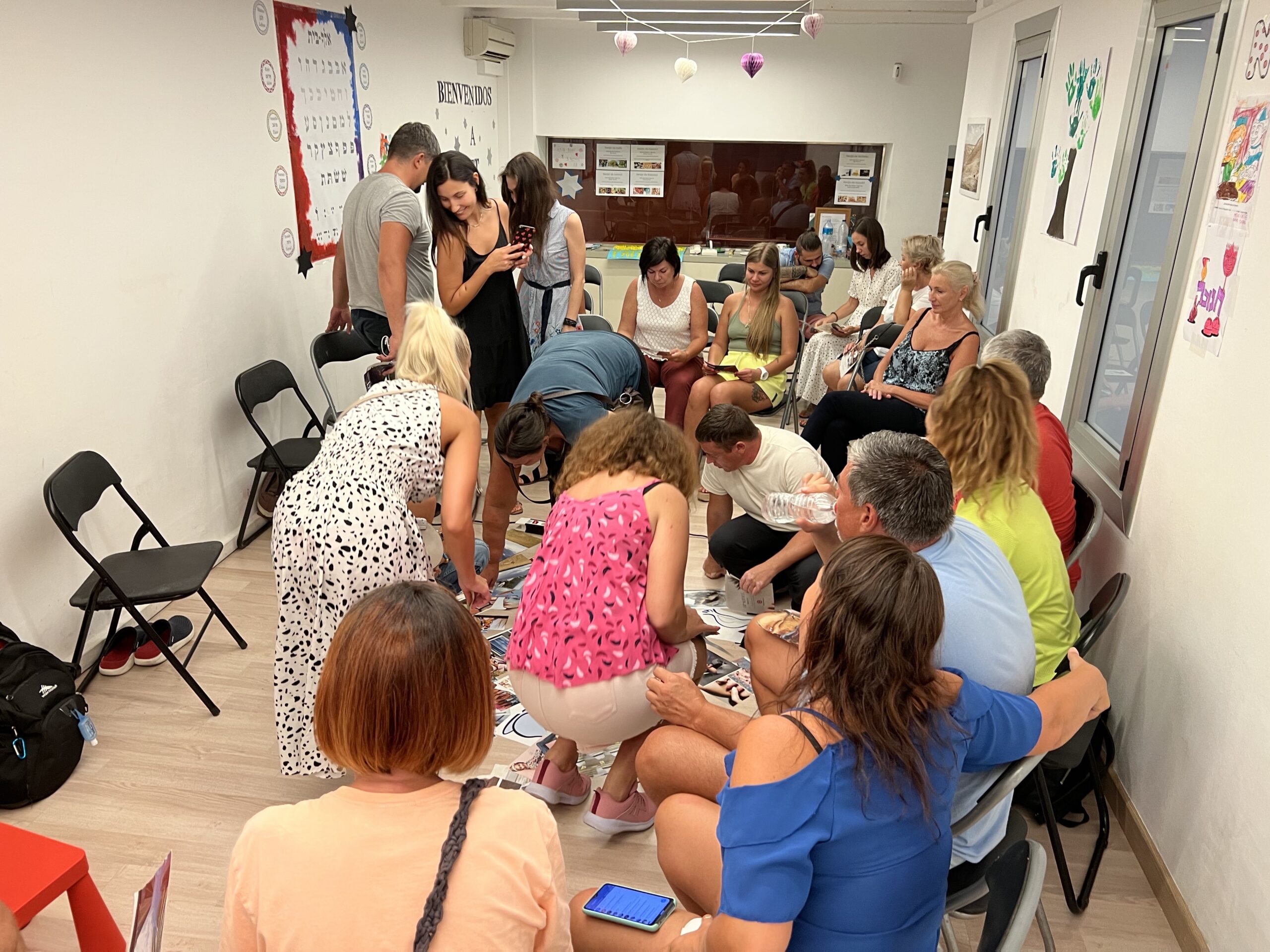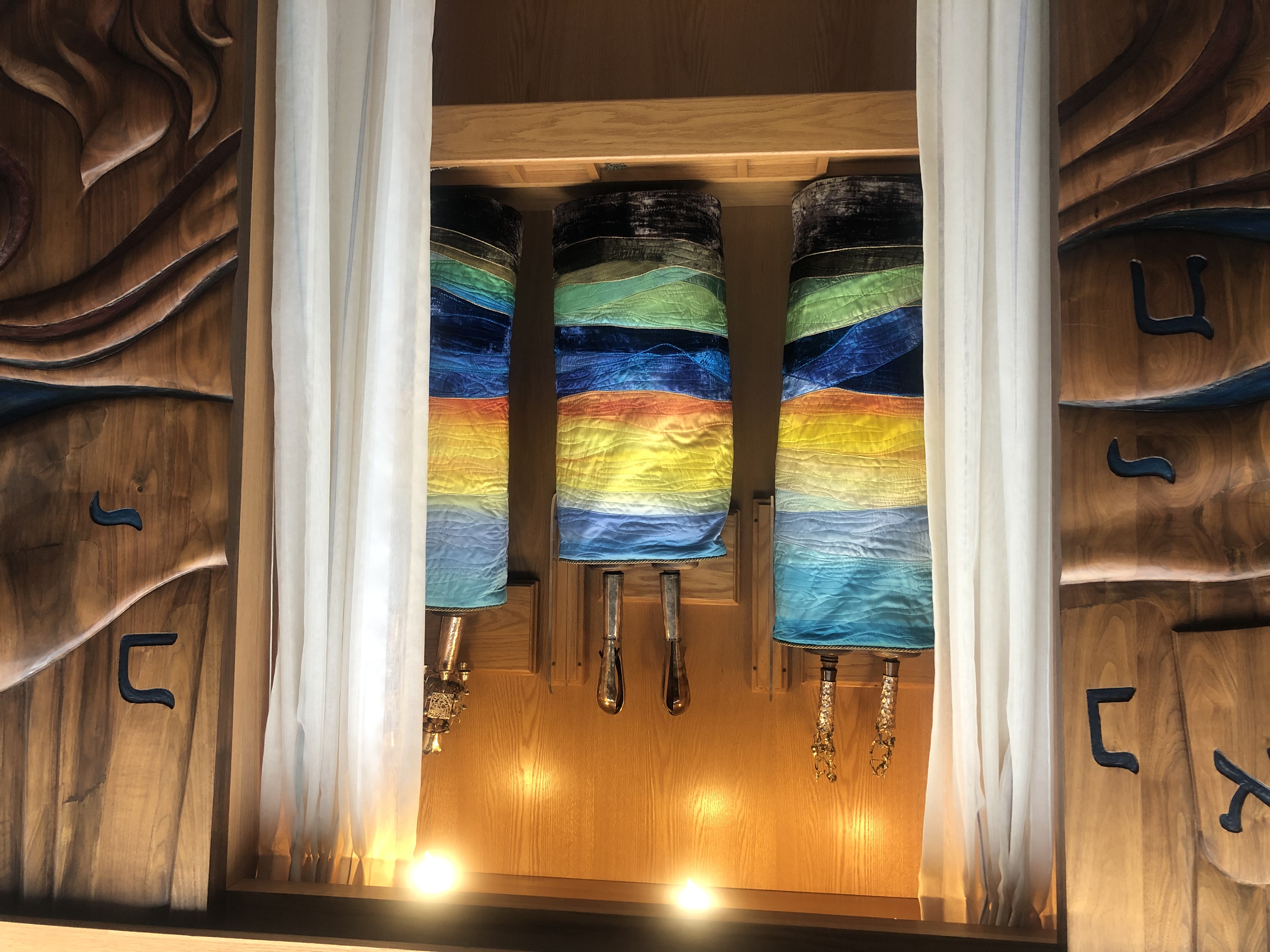





The three weeks between the 17th of Tammuz and the 9th of Av are a period of mourning in Jewish tradition. On the 17th of Tammuz the walls of Jerusalem were breached, and on the 9th of Av the Temple was destroyed. According to the Jewish tradition, both the First and the Second Temple were destroyed on the 9th of Av, and so over the centuries that date also absorbed the mourning for other catastrophes that have befallen our people: the Khmelnitsky pogroms, and the 1492 expulsion from Spain (the decree was actually signed on that day, in a carefully orchestrated nod to history), among many others.
It is a complicated date in modern history – while the world is not complete, and the Temple is gone, the City of Jerusalem is alive and vibrant, and very much rebuilt. Many Jews continue to fast on this day and lament the ancient destruction, and recite the mournful verses of Eicha, Lamentations. Others look for ways to engage in meaningful Jewish experiences, performing Mitzvot big and small.
Upon my return from Israel (where I, sadly, contracted COVID and missed a part of the Shalom Hartman Institute’s Rabbinic Torah seminar), I learned that there are many Ukrainian refugees who have found their way to Spain, and that the local Jewish community was organizing many programs for kids and adults, with support of the World Union for Progressive Judaism’s Ukraine Crisis Fund. Dedicated volunteers and coordinators were working very hard to create special summer experiences for these children displaced by war, and they really needed help.
Samuel Farbman and I boarded a flight to Barcelona – we were there for a week, to support the local Jewish community and the refugees in any way we could. We brought some supplies -mostly electronics that are cheaper in the US. We bought additional supplies there, thanks to the continued generosity of so many TE members and friends. As many of you saw, I tried to post brief reports of our experiences while we were there, and am reproducing some of those notes here as a summary. The 9th of Av fell right in the middle of our trip – we were so grateful for this opportunity to do something meaningful, helping to heal the world, and our people.
Stories, powerful stories… I met with a group of refugees who were sharing some of their journeys of the past 5 months, of their lives before and since the war, of travel for leisure and of running to safety… The human resilience that comes through the trauma, the humor and wisdom and an overwhelming sense of loss. Tears and laughter… We helped with shopping (including getting a cake for one of the volunteers who celebrated her birthday), sang some songs with kids, and met with a few families. I gave a talk about the upcoming 9th of Av and led Shabbat services (in Russian, simultaneously translated into Spanish by an amazing local coordinator, with readings in Spanish, Catalan, Russian and of course Hebrew). Sam helped set up all the computers we brought, played (and cooked pizza) with kids (all of whom demanded to know if he would stay with them permanently), and was answering a myriad of questions that kids and adults had for him all day. Shabbat was all (well, mostly) about teens. It was beautiful and amazing – and perhaps the toughest so far… They giggled and were all age-appropriate while they introduced themselves – many have begun to form friendships; some only met for the first time, traveling from multiple towns around Barcelona just for the chance to be with other teens. And then I asked them about the last 5 months – the depth of their experiences, which they are altogether too young for, and the way they chose to speak about it left me sitting quietly and holding my breath for a while. I spoke to them about Tisha B’Av and the pain our people have carried for thousands of years, while finding the strength to build our lives with optimism, and laugh, and have joy. A most powerful experience indeed. Sam got to talk to them about education in America, a subject that was very much interesting, and fielded a ton of questions.
With our help the leaders organized a boat trip for the teens – they have been dying to do something special and fun, and we were so excited to help make it happen! Later on, Sam got a chance to produce the largest bill in his life by treating everyone to some food. The teens spent the day together, and for most of the time, it felt almost normal. This may not have been the most traditional start to the 9th of Av, but it was one of the most meaningful ones we have ever experienced.
The next two days were quite busy: together with a group of refugees, we toured the old Barcelona and the old Jewish quarter – it was a little surreal to talk about Spanish Jewish history on the exact day Queen Isabella and King Ferdinand signed the Edict of Expulsion of the Jews from Spain; not to mention seeing the stones from the Jewish cemetery used in the construction of the Royal palace. Happily, though, signs of support for Ukrainian refugees were everywhere – banners, posters and Ukrainian flags. Then, back to the synagogue (and air conditioning) for a chance to talk with Sam about education in America (which continued to draw lots of questions!), followed by a self-organized trip of the ‘travel club’ to the botanical gardens, led by one of the young refugees (a student of botany), who showed us some fascinating plants! Then we transferred to Pineda, a small seaside town where many of the refugee families have been living for many months now. We spent the day with the kids – on the beach, and in the park, and I also met with a number of people who wanted to talk one-on-one. Later that evening, Sam joined a group of teens, and I gathered with a group of grown-ups, talking about life, war, politics, and everything in-between while sitting in a circle on the local beach. It was a little surreal to be surrounded by thousands of people in a seaside vacation town – it’s easy to think that all these families are also here on vacation, except that of course they are NOT – they are trying to figure out the rest of their lives. So many of them were well established, with comfortable lives, businesses, plans and dreams that most certainly did not involve even the idea of having to leave their entire lives behind, but now most of them feel they have no choice but to make that choice (even as they hope they can get back).
Back in Barcelona, Sam was immediately absorbed by a gaggle of kids, while I met with the local coordinator who has been pouring her heart and soul into creating the infrastructure of support for this community of displaced people – a yeoman’s job. Later, a group of a dozen coordinators, psychologists and supporters came together – sharing their plans, and asking both of us for advice and support. They were MAGNIFICENT. We were both in awe of their creativity and resourcefulness. We got to treat them to some afternoon sushi while they worked, a well-deserved symbolic offering (which apparently was just what the doctor ordered). The day continued with more conversations, too many to count at this point, but all so clearly needed. The next day we packed our bags and came back for a final few hours with the kids (who have all decided that Sam needs to have lots more holiday time and come spend it with them!), and a few final projects/conversations/meetings, before hopping in a taxi.
We couldn’t wait to be home, and yet we knew we cannot fully disconnect from this amazing community. Our trip came to an end, but the stories will continue to reverberate in our minds and our hearts.

















